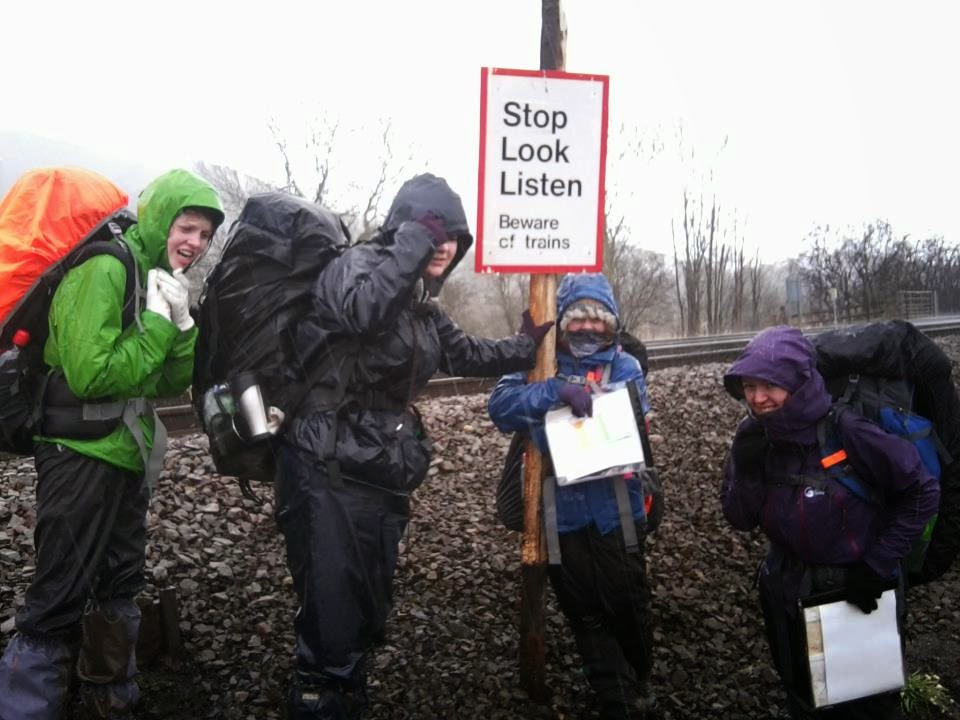"Those of you that think filming is all glamour, you're so wrong!" - Tom FeltonFilming isn't always the glitzy, all-singing, all-dancing job that some people think it is; it isn't a flick of the wrist and a nod of the head and then it's all over. Filming is tough, and when out in wild and unpredictable terrain, there is very little one can do to prepare oneself for the experience.
This 20 minute doccumentary was made in Shropshire, focusing on the Long Mynd and the surrounding areas, over the course of three days. The weather conditions were unreliable, and the crew was at the mercy of snow, searing heat, trecherous mud and downpours of hailstones.
 In light of such situations, it is difficult to predict what is necessary to take to ensure that the filming process runs smoothly. When filming out of doors, especially when on an expedition or day trip, it is importatant to keep packing as light as possible to prevent any injury to oneself and also the equipment. Taking only what is needed is much more efficient and safer for all involved.
In light of such situations, it is difficult to predict what is necessary to take to ensure that the filming process runs smoothly. When filming out of doors, especially when on an expedition or day trip, it is importatant to keep packing as light as possible to prevent any injury to oneself and also the equipment. Taking only what is needed is much more efficient and safer for all involved.  |
| http://vimeo.com/89032670 |
There were several points to film - such as a landmarks or villages. Each place had a short introduction and then shots of the area, and the crew walking through. Upon finding something of interest, the group added in extra information (such as tips on what food to take on an expedition and mountain passes with warning signs).
Extra recordings were made after the expedition using a laptop to insert information that had not been explained on location. Each part of the documentary is headed by a title sequence, and subtitles were added for inaudible speeches or mispronounced words.
Editing was done on Windows Movie Maker in sections. First the video was edited, and, because the video and audio cannot be separated on the software, the audio had to be re-recorded using the laptop's microphone and then placed over the top. The file then had to saved and re-inserted into the software to place music over the top. There were eleven separate files in total, which were then pieced together into a final project.
In essence you only need the very basics to make a film. Of course it won't be perfect, nothing ever is, but there is something rather compelling about filming out in remote areas with a four person crew, one camera and a script; faced with having to carry days worth of equipment and doing everything for oneself.
Here is the finished documentary: http://vimeo.com/89032670

Comments
Post a Comment